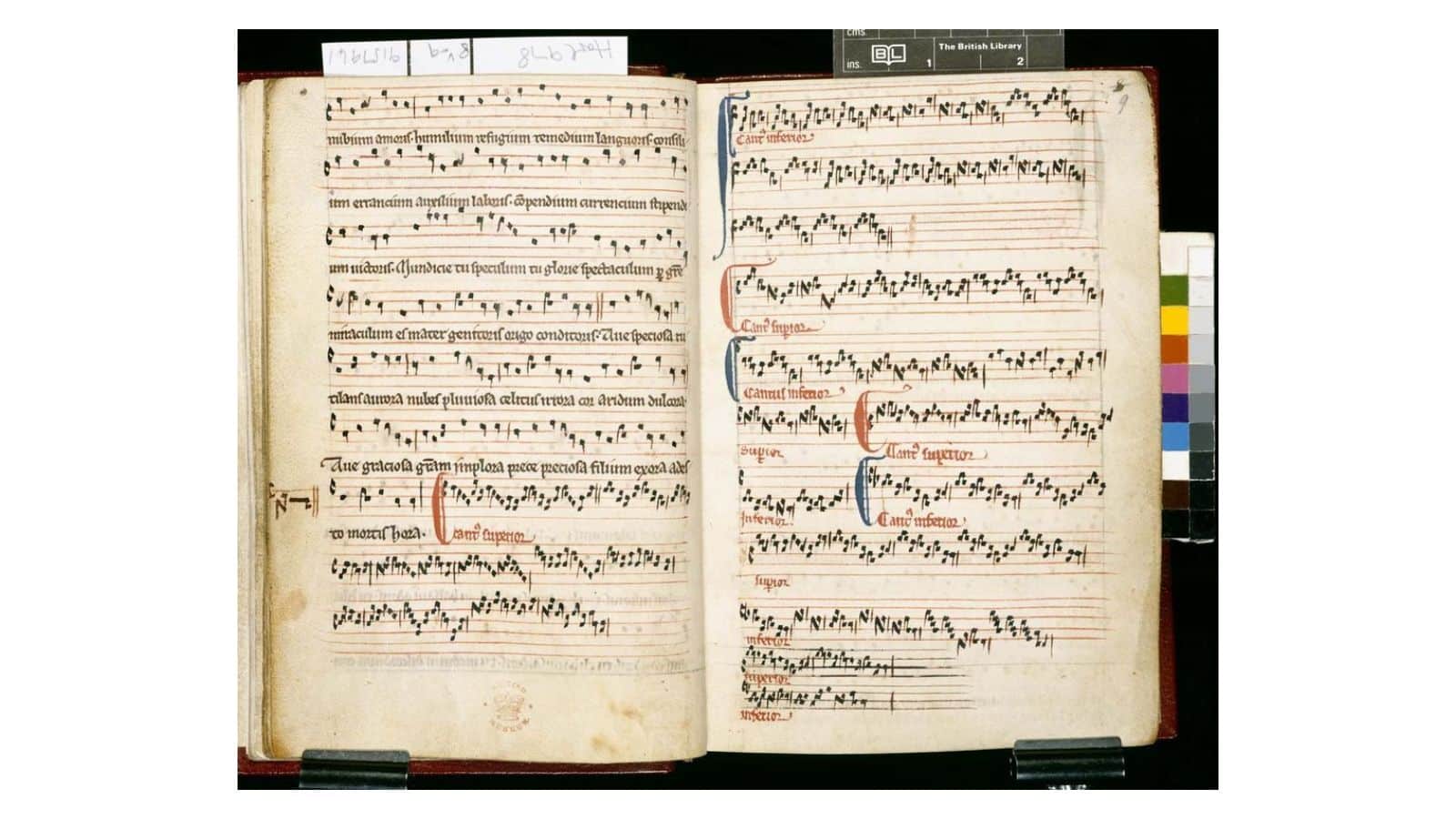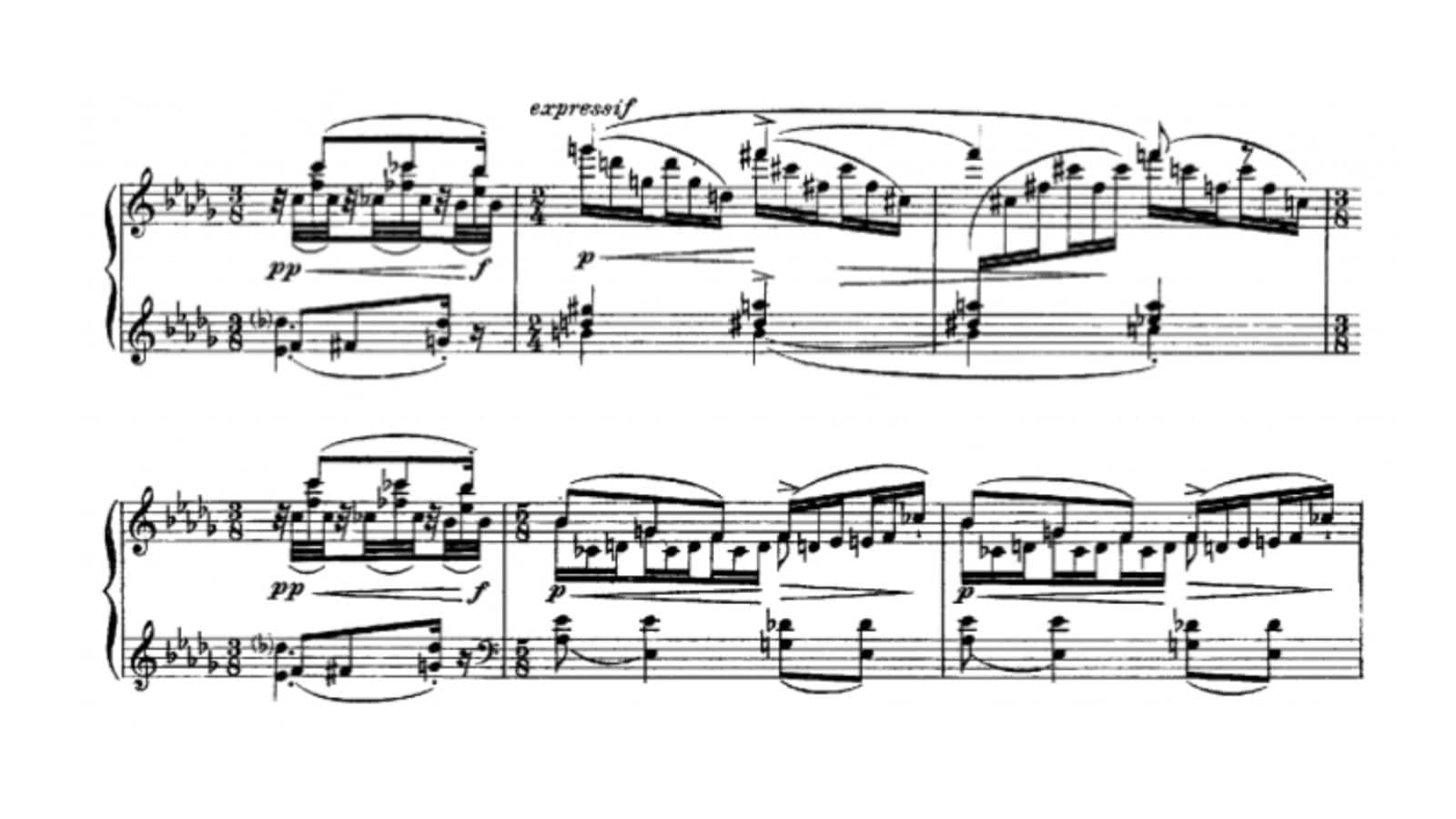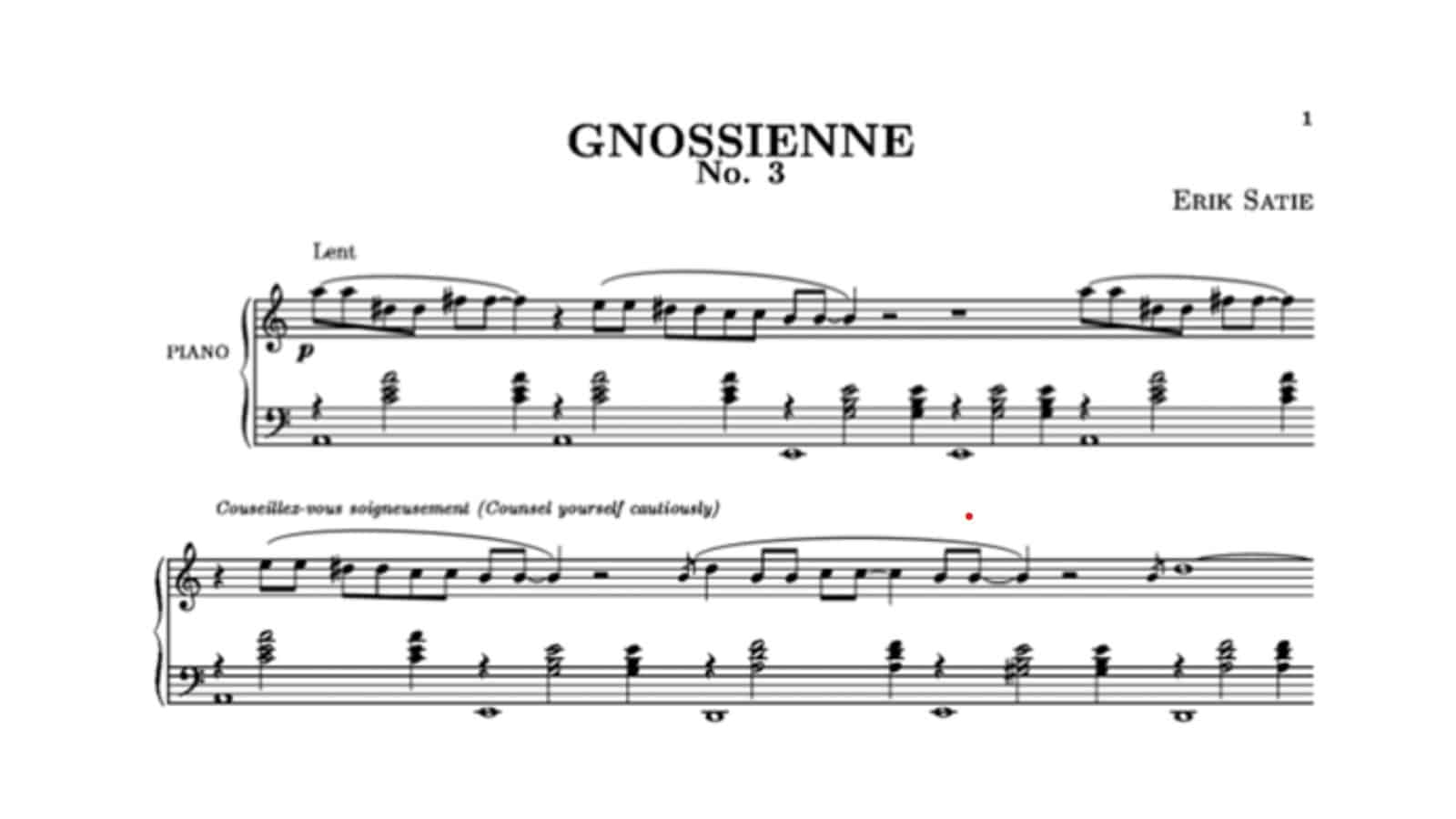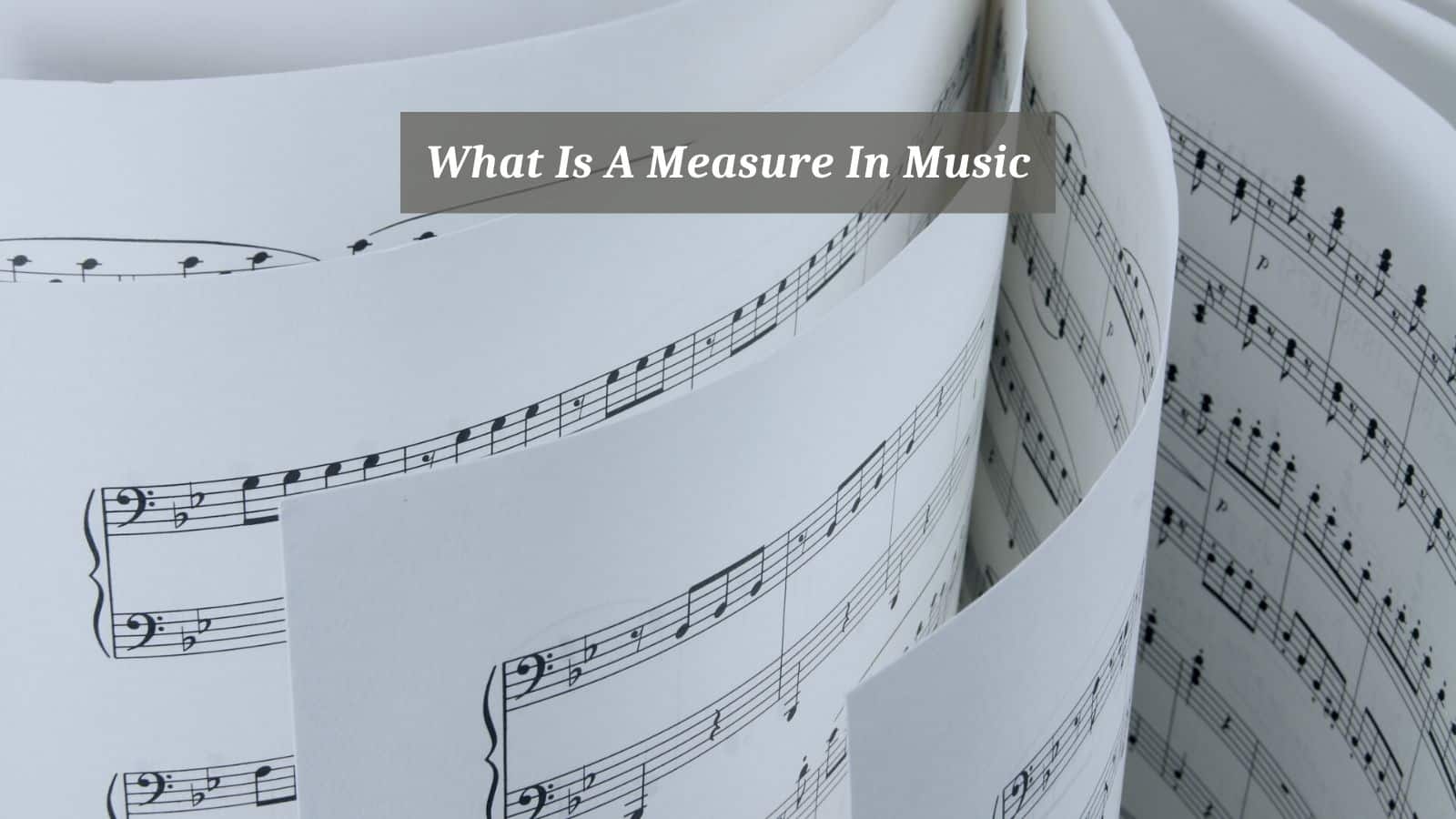
Here we have the opportunity to take a close look at another part of the theoretical side of music.
DISCLOSURE: This post may contain affiliate links, meaning when you click the links and make a purchase, we receive a commission.
If you’ve read any of my previous articles, you’ll already be well-versed in the complexities that surround the conventions and vocabulary directly linked to music. This particular word, thankfully, is not one of the more problematic to grasp.
For musicians today, the concept of a musical measure or bar is commonplace, familiar and in some cases a great help. This is especially true of some of the scores produced by contemporary composers.
Measures provide a performer with a clear structure in the music they are playing as we will discover.
Oddly enough though, measures did not always feature as part of a notated score. Some of the earliest examples of notated music date as far back as the Ancient Greeks although few have survived.
As we leap forward in time, the 9th Century saw the monasteries of Europe begin to develop a neumatic form of notation. This was quite limited in its presentation, relying on the good memory of the performers as it usually showed only the shape of the melody.
A further spring forward a few centuries and by the middle part of the 13th Century, notation was more common but with no agreed system that had been universally adopted.
Notes were written with pitch and rhythm, but you would not have found a measure marked in the score. It took another four centuries before notation, as we recognise it today, existed.
The Baroque Period was when composers consolidated a stave-based notation. This included measures and alongside these, time signatures and key signatures.
Below is the autograph of JS Bach‘s Brandenburg Concerto No.5 with the measures delineated by the bold bar lines.
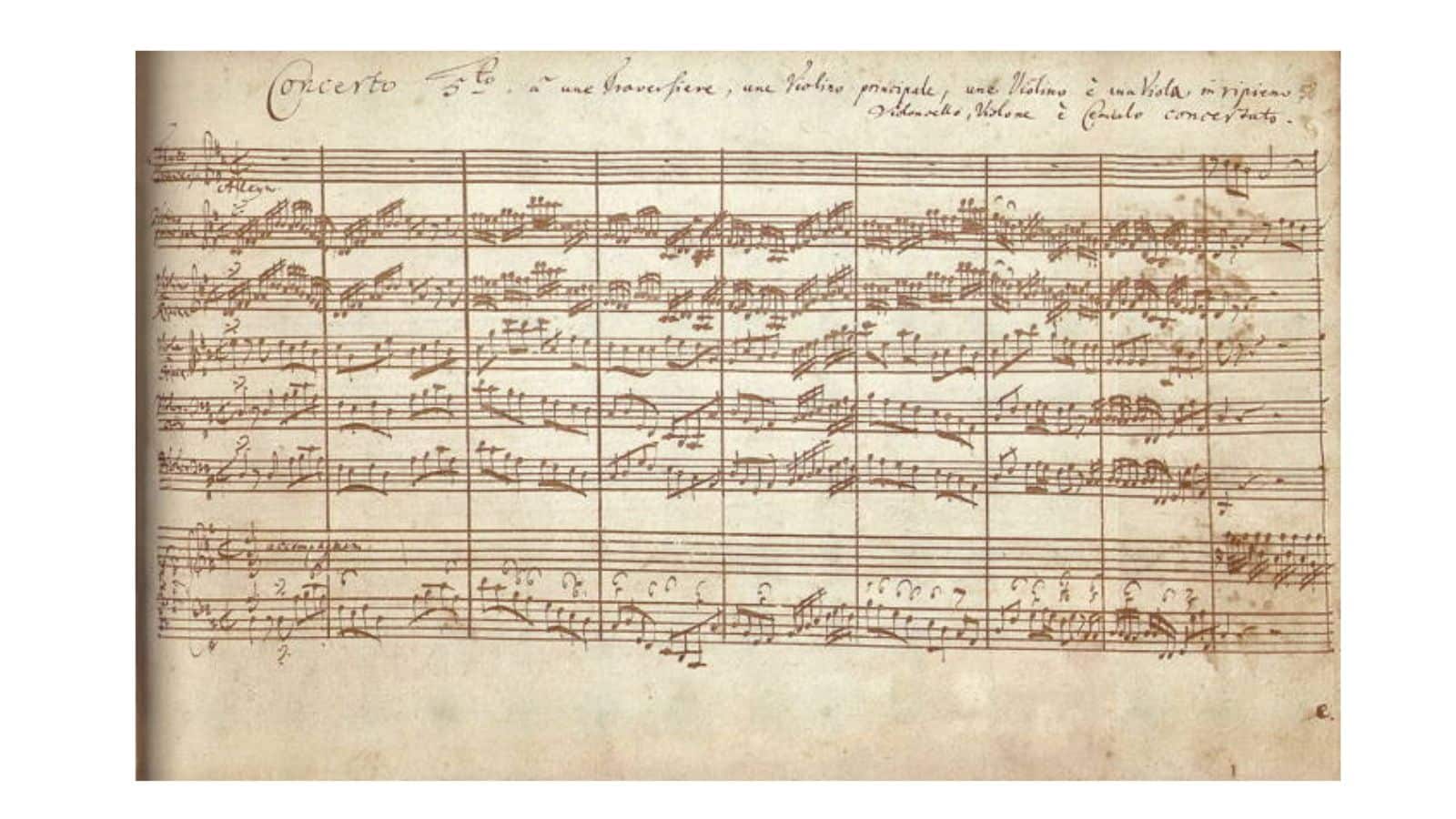
This image provides a clear illustration of a measure in music. Here we can see nine measures at the opening of this concerto. What you will also be able to see is the time signature and the key signature.
It is the time signature, and its appearance in notation, that complimented the drawing of bar lines and measures. In the score above, JS Bach gives a ‘C’ with a line through it as the time signature.
This could also be written as the number 2 over another number 2, or alla breve time. JS Bach is directing the performer towards a two-in-the-bar feel that dictates the measures he writes.
Each measure will contain exactly (there are exceptions), the number of beats as indicated by the time signature. If, for example, JS Bach had written a three over-four time signature, then each measure would be that length of note values and contain only notes to the value of three beats.
This could be a single, dotted minim, twelve semi-quavers or any combination of note values that add up to three crotchet beats. In this way, you can consider the measure as exactly that, a measure of the sum of rhythmic values.
What Is A Measure In Music
Measures provide temporal and rhythmic markers in a score. What is also key to understanding is that measures can change their length according to new time signatures introduced throughout a piece.
Music from the Baroque and Classical periods rarely changed time signature during a movement, but as we move forward into the Romantic, Impressionist and Modern Ages, score notation develops.
This is to accommodate the ever-developing ideas of composers. After all, if you want a measure with four crotchet or quarter-note beats in it followed by one with three semi-quaver or sixteenth-notes in it, you have to adapt your notation.
Below is an example of what I am referring to. This extract comes from Maurice Ravel’s glittering piano piece titled Noctuelles from Miroirs. Miroirs is a collection of five pieces that Ravel composed from 1904-1905.
Each movement Ravel dedicated to a different member of the Les Apaches; a group of revolutionary poets, musicians and artists.
What you will notice in the extract is that Ravel’s first measure (bar), is marked with a 3/8 time signature indicating three quavers (eighth-note) beats per measure. In the very next bar, he notates a new time signature of 2/4, or two crotchets (quarter-note) beats per measure.
Two measures later, he reverts to 3/8 but almost instantly swaps to 5/8 in the following measure. What this aims to illustrate is that the nature of a measure evolves with the developments in compositional intent.
It remains an accurate indicator of duration concerning time signature and tempo, but by the early part of the 20th Century was expanding its purpose.
For some 20th Century composers, the idea of a measure has been interpreted in different ways. French composer Erik Satie was a remarkable innovator. The composition Gnossienne (No.3), shown in the extract below, uses no barlines and therefore indicates no measures traditionally.
The reasoning is beautifully simple. Often as a performer, one can feel constrained by notated measures. It can lead to a performance that is less free-flowing than perhaps one that was learned or played from one with written measures. Satie removes this possibility.
Without time signatures, bar lines and thereby, measures, the performer is invited to approach the music as a continuous stream of music.
Satie is not the only composer to review the need and implications of measures in musical notation. Other free-thinkers like György Ligeti, Cornelius Cardew, and George Crumb to name but a few, have experimented with notation.
Crumb’s scores are artistic pieces in themselves as he bends staves, and designs his unique notation to adequately depict the sounds he wishes the performers to produce.
A further extension of the measure is a form of notation called space equals time. In this kind of musical notation instead of the size of a measure being almost randomly determined, it becomes directly representational of duration.
Many scores show their measures in a way that properly fits the space available on the printed page. The length of a measure is not intended to represent actual duration.
Space = Time aims to accurately show the duration of a measure by the space it occupies on the score. In this way, a measure irrespective of how it appears on the page takes on a whole new perspective.

